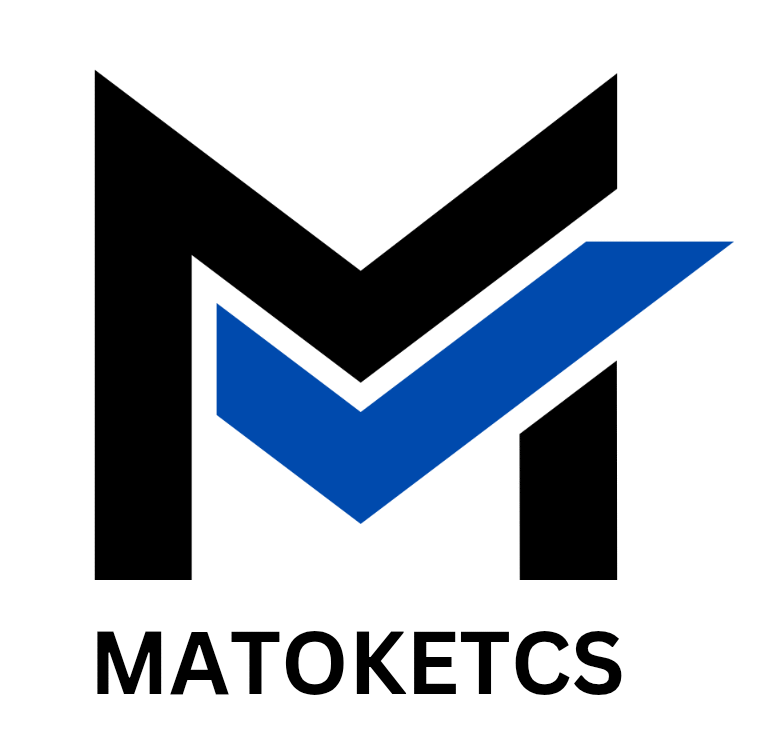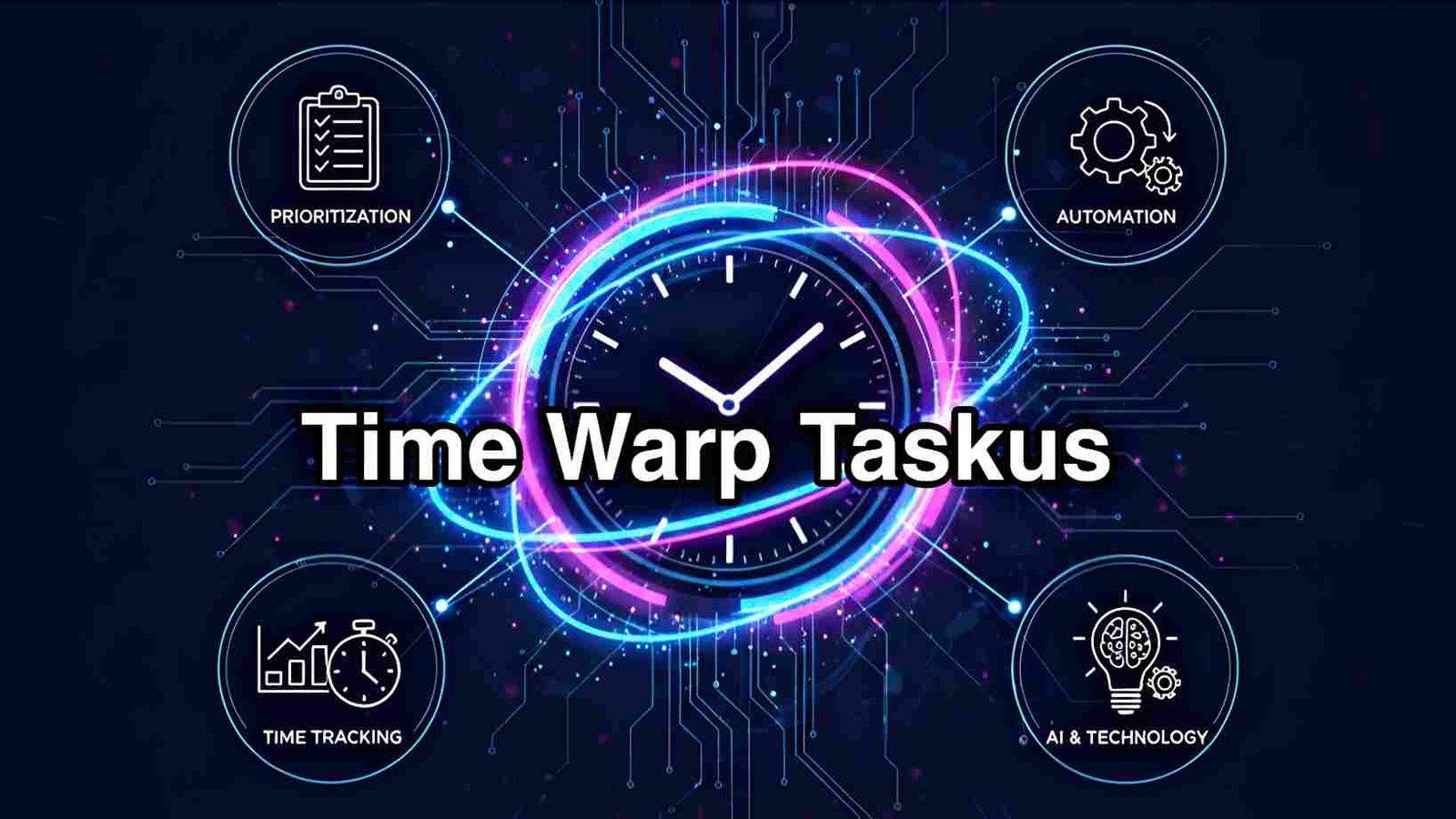Maximizing Workplace Efficiency with time warp taskus
In today’s fast-paced business environment, productivity isn’t just a goal—it’s a necessity. Organizations are constantly seeking new ways to optimize workflows, reduce time waste, and keep employees engaged. One innovative approach that has gained attention in recent years is time warp taskus. This concept focuses on strategic time management and process optimization, helping teams work smarter, not harder. By understanding how it works, companies can transform everyday operations into highly efficient systems.
Understanding the Concept of Time Warp Productivity
Time warp productivity revolves around compressing or optimizing time without sacrificing quality. Essentially, it means accomplishing more in less time by streamlining workflows, automating repetitive tasks, and creating focused work blocks.
The time warp taskus method has gained traction because it blends technology with human productivity principles. By identifying bottlenecks and aligning tasks strategically, teams can create an environment where work flows seamlessly.
Why Time Optimization Matters
Time is one of the most valuable resources in any organization. When employees spend too much time on manual or repetitive work, overall efficiency drops. By applying time warp strategies, companies can shift focus from time-consuming tasks to impactful work.
How Businesses Benefit
Efficient time use leads to faster turnaround times, better project outcomes, and a happier workforce. It also helps businesses stay competitive by responding quickly to market demands and operational challenges.
Key Strategies Behind Time Warp Task Management
A successful productivity strategy requires more than just good intentions—it needs structure. The principles behind time warp taskus involve breaking down complex tasks into manageable segments and using time in the smartest way possible.
Some proven strategies include:
- Prioritizing high-impact work
- Automating repetitive processes
- Using time tracking tools to identify inefficiencies
- Creating dedicated focus blocks to minimize distractions
The Power of Focused Work Blocks
Research has shown that multitasking often leads to decreased productivity. By dedicating specific blocks of time to one task at a time, employees can produce higher-quality work and complete projects faster.
Leveraging Technology for Better Results
Digital tools and AI-based platforms can automate routine work, enabling teams to focus on strategic objectives. This integration is a cornerstone of time warp taskus, as it allows organizations to get more done with fewer resources.
Practical Applications of Time Warp Techniques
The best way to understand this concept is through real-world examples. Many companies have successfully implemented time warp strategies to improve operational flow and reduce wasted time.
- Customer Support Teams: Automating responses to common inquiries so agents can focus on complex issues.
- Project Management: Using digital dashboards to track deadlines, reducing time spent in status meetings.
- Content Creation: Streamlining editing and approval workflows for faster publication.
These practical applications show how a simple shift in approach can create significant time savings across departments.
Reducing Burnout Through Smart Scheduling
When employees spend less time on repetitive work, they can focus on tasks that inspire and engage them. This not only improves output but also reduces stress levels, leading to better job satisfaction and lower turnover rates.
Collaboration and Team Alignment
Implementing time warp taskus isn’t just about technology—it’s about building a culture of alignment. Clear communication and shared goals help teams work together efficiently, minimizing confusion and delays.
Overcoming Challenges in Time Optimization
While the benefits are clear, implementing time optimization strategies can come with challenges. Common issues include resistance to change, lack of training, or not selecting the right tools.
To overcome these challenges, companies should:
- Provide training on new processes and tools
- Encourage a culture of continuous improvement
- Involve employees in planning and execution
- Measure progress through clear performance metrics
Building Long-Term Habits
Productivity isn’t achieved overnight. It requires consistent effort and a willingness to adapt. Organizations that integrate time warp taskus into their daily routines see long-term benefits in both performance and morale.
Measuring Success Accurately
Key performance indicators (KPIs) like time saved, task completion rates, and employee satisfaction scores help measure the effectiveness of time optimization efforts. Regular tracking ensures strategies are delivering real value.
FAQ: Time Warp and Productivity
Q1: What is time warp taskus?
It’s a time optimization strategy that combines workflow streamlining, automation, and focused work methods to maximize productivity.
Q2: Who can benefit from this approach?
Any team or business looking to improve efficiency, from startups to large corporations, can benefit from implementing time warp techniques.
Q3: Does it require expensive tools?
No. While technology can help, the core principle is about better time management, which can be applied with minimal tools.
Q4: How quickly can results be seen?
Many organizations notice improvements within weeks, though long-term integration delivers the best outcomes.
Q5: Is it suitable for remote teams?
Yes. In fact, remote teams can benefit greatly by aligning schedules and eliminating wasted time through structured time blocks.
Conclusion: Transforming Workflows Through Smart Time Management
Efficiency isn’t about working harder; it’s about working smarter. By adopting time warp taskus, businesses can create a more productive, focused, and agile work environment. This approach empowers employees to do their best work without feeling overwhelmed by repetitive tasks or unnecessary meetings.
When time is managed wisely, companies experience improved project delivery, higher employee morale, and greater overall performance. Whether you’re a growing startup or an established enterprise, embracing these strategies can help your organization thrive in an increasingly fast-paced world.







